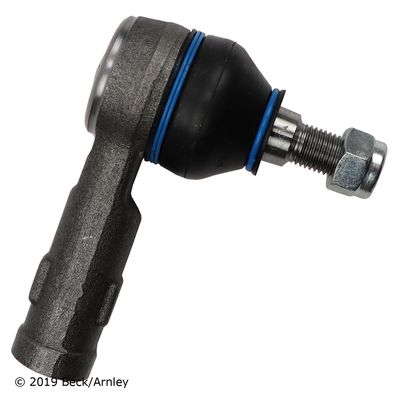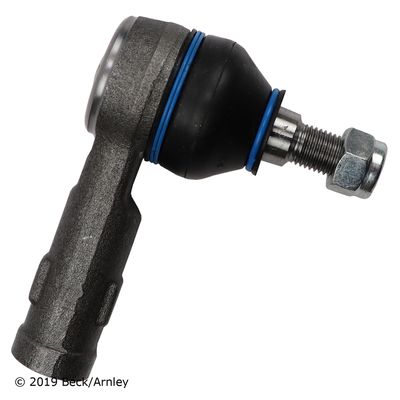Answer
Aug 15, 2024 - 03:23 PM
The inner and outer ACDelco 84670799 Steering Tie Rod Ends, while both crucial components of the steering system, differ in their location, function, and design. Here's how they differ:
1. Location- Inner Tie Rod End:
- The inner tie rod end is located closer to the center of the vehicle, connecting the steering rack (or steering gear) to the outer tie rod end. It is part of the steering assembly that extends from the steering gear toward the wheels.
- Outer Tie Rod End:
- The outer tie rod end is located at the end of the tie rod, connecting the inner tie rod end to the steering knuckle. It directly links the steering assembly to the wheels, transmitting the steering inputs to the wheels.
- Inner Tie Rod End:
- The inner tie rod end transmits the steering force from the steering gear to the outer tie rod end. It plays a critical role in the overall steering linkage, ensuring that the steering input is correctly transferred to the wheels.
- Outer Tie Rod End:
- The outer tie rod end connects the steering linkage to the wheel assembly. It allows for pivoting and turning of the wheels in response to steering input. The outer tie rod end is essential for the vehicle's ability to steer and change direction.
- Inner Tie Rod End:
- The inner tie rod end is typically designed as a straight rod with a ball joint at one end that connects to the steering rack or gear. The other end connects to the outer tie rod end.
- Outer Tie Rod End:
- The outer tie rod end has a ball joint on one end that connects to the steering knuckle, allowing for rotational movement. It usually has a threaded end that connects to the inner tie rod. This design allows the wheels to turn smoothly in response to steering inputs.
- Inner Tie Rod End:
- Inner tie rod ends tend to be more protected within the steering system, so they may experience less exposure to road debris and contaminants. However, they are still subject to wear due to the continuous movement and stress they undergo.
- Outer Tie Rod End:
- Outer tie rod ends are more exposed to the elements and road conditions, making them more susceptible to wear and tear. They often wear out faster than inner tie rod ends due to their location and the load they carry during steering.
- Inner Tie Rod End:
- Replacing an inner tie rod end typically involves disconnecting it from the steering rack and the outer tie rod end. The process can be more complex due to its location within the steering assembly.
- Outer Tie Rod End:
- Replacing an outer tie rod end is usually more straightforward. It involves disconnecting it from the inner tie rod end and the steering knuckle. This component is easier to access and replace due to its location at the end of the steering linkage.
The inner and outer ACDelco 84670799 Steering Tie Rod Ends differ in their location, with the inner tie rod end being closer to the steering gear and the outer tie rod end connecting directly to the wheel assembly. The outer tie rod end typically experiences more wear due to its exposure to road conditions and is more frequently replaced. Both components are essential for precise steering control, with the inner tie rod end transmitting the steering force and the outer tie rod end enabling the wheels to pivot and turn.





Add New Comment